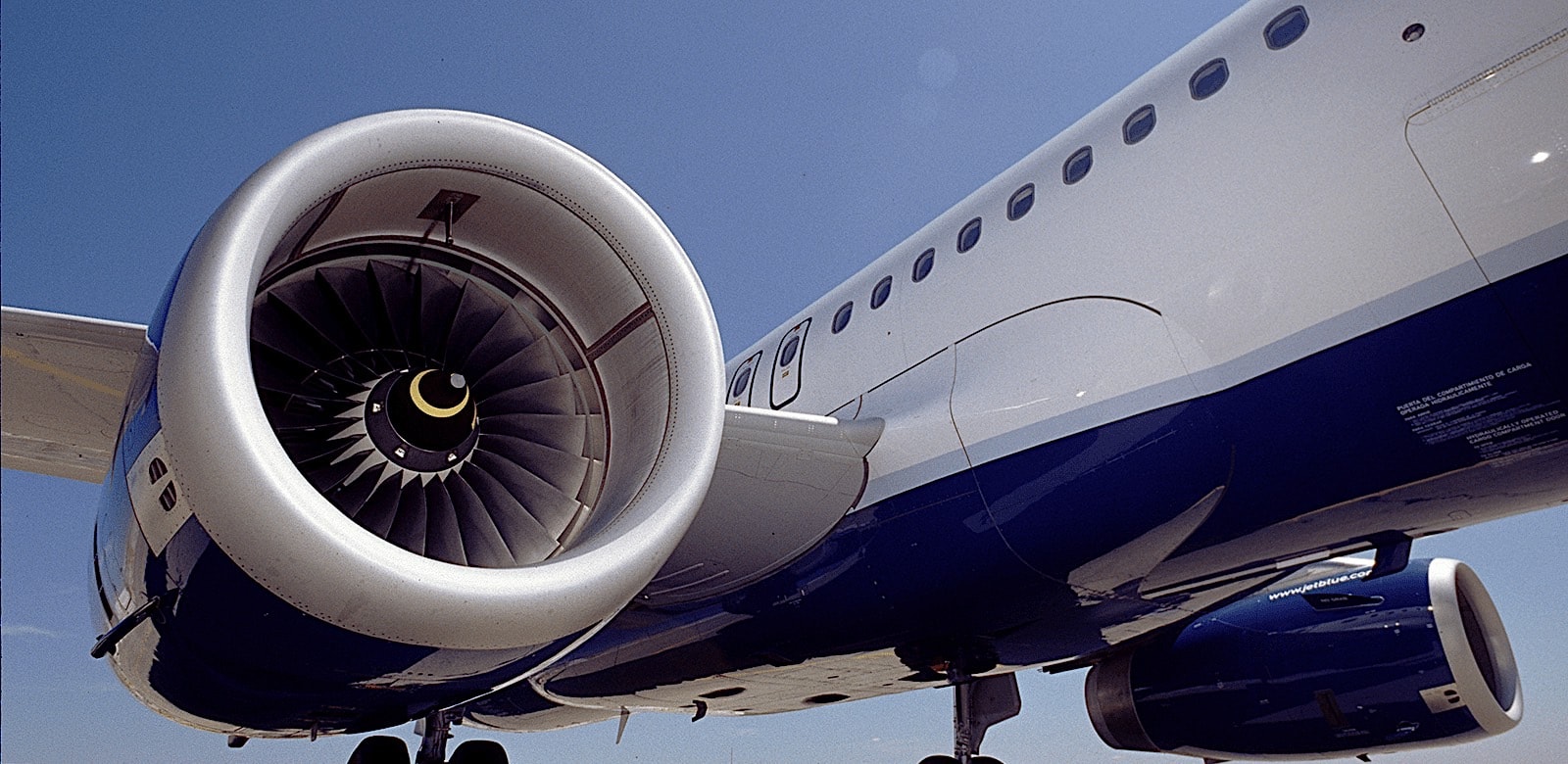The Airbus A320 family holds a distinguished position as one of the oldest and most reliable aircraft families in the aviation industry. Originating in Europe in 1987, spanning nearly four decades, it boasts a remarkable production volume, with over 11,000 units manufactured.
Over its extensive lifespan, the A320 has undergone several iterations and enhancements, with the current iteration being the A320neo. The older variants still in operation are designated as the A320ceo, where “CEO” stands for “current engine option.”
Our focus lies on this particular aircraft type today due to a successful engine test conducted recently. The A320ceo, a single-aisle aircraft equipped with V2500 engines, has been subject to scrutiny.

The V2500 engines, manufactured by International Aero Engines (IAE), a consortium comprising Pratt & Whitney, Japanese Aero Engines Corporation, and MTU Aero Engines, also power the Embraer C-390 Millennium.
These engines enable the Airbus aircraft to travel distances of up to 6,200 km (3,852 miles) with a capacity of up to 180 passengers and a weight of up to 78 tons when using conventional fuel.
Renowned for its fuel efficiency, the V2500 engine offers a three percent reduction in fuel consumption and emissions compared to its predecessors, positioning it as the most fuel-efficient propulsion system in its class.
In line with the aviation industry’s shift towards sustainable aviation fuel (SAF) and the promise of reduced CO2 emissions, efforts are underway to assess the viability of running the V2500 engines on SAF.
Recent tests conducted in Hannover, Germany, demonstrated that the engines can indeed operate on SAF, using a mixture of hydroprocessed esters and fatty acids, as well as synthetic paraffinic kerosene (HEFA-SPK) supplied by Neste.
This successful demonstration holds significant implications, considering that over 3,000 aircraft worldwide are powered by V2500 engines. Transitioning these aircraft to SAF could substantially contribute to the industry’s goal of achieving net-zero emissions by mid-century.

